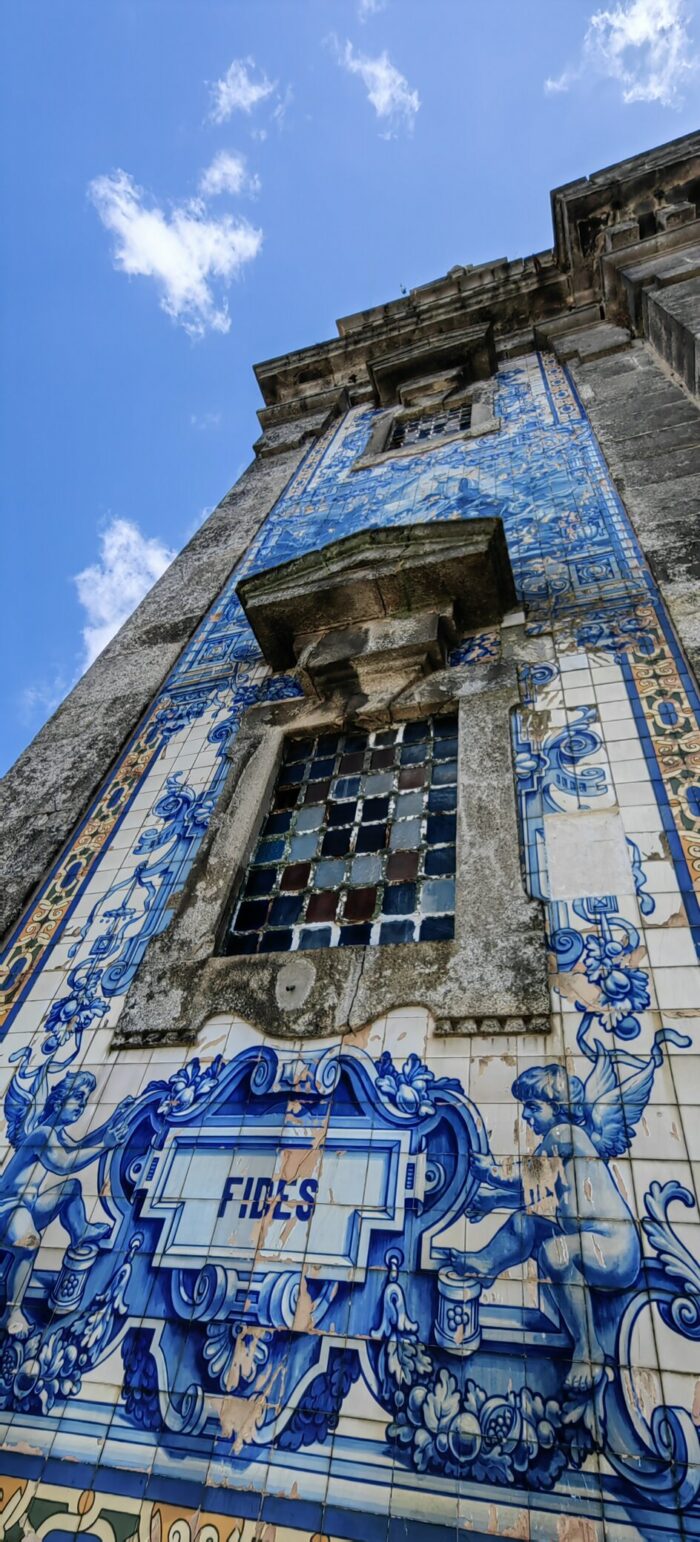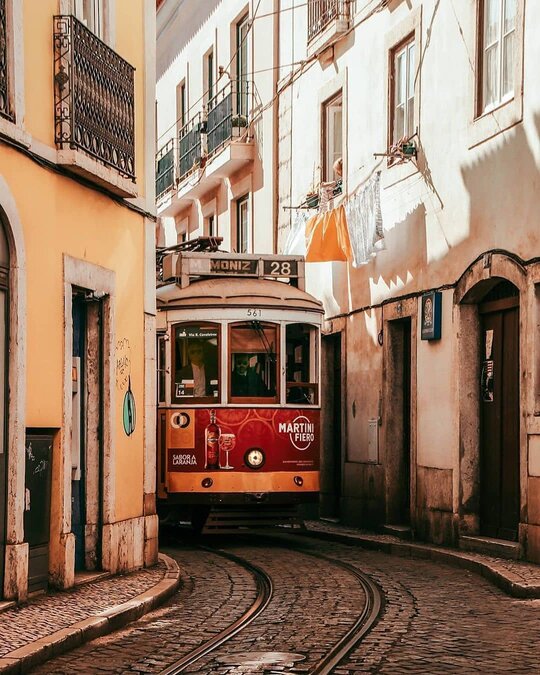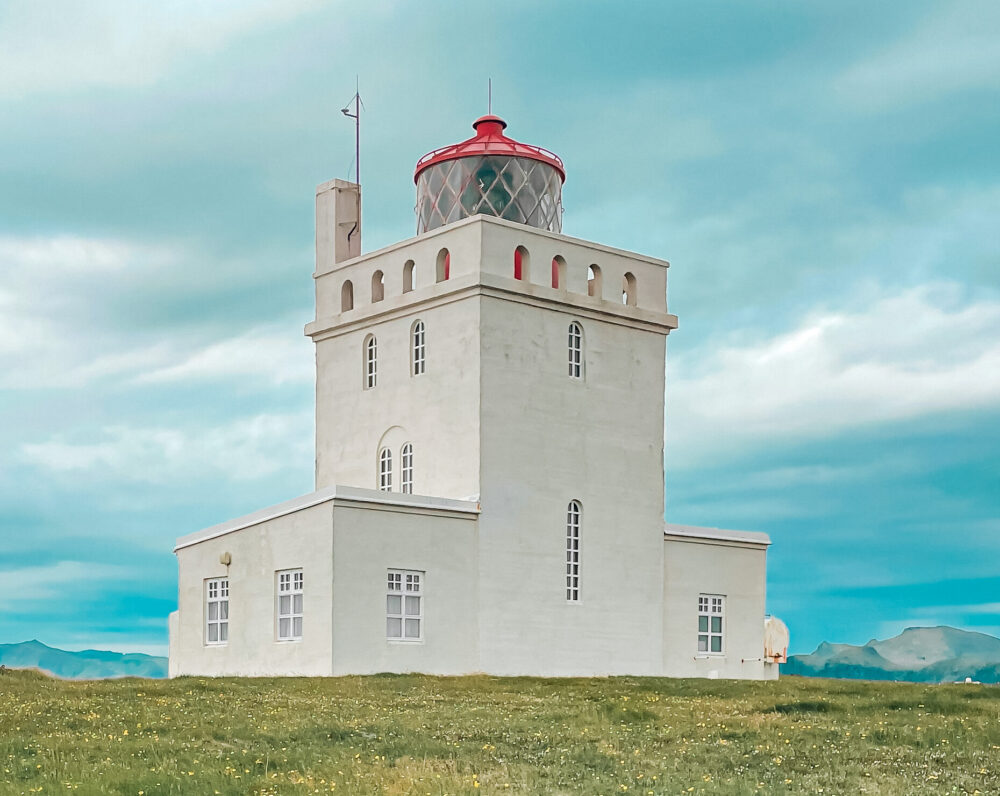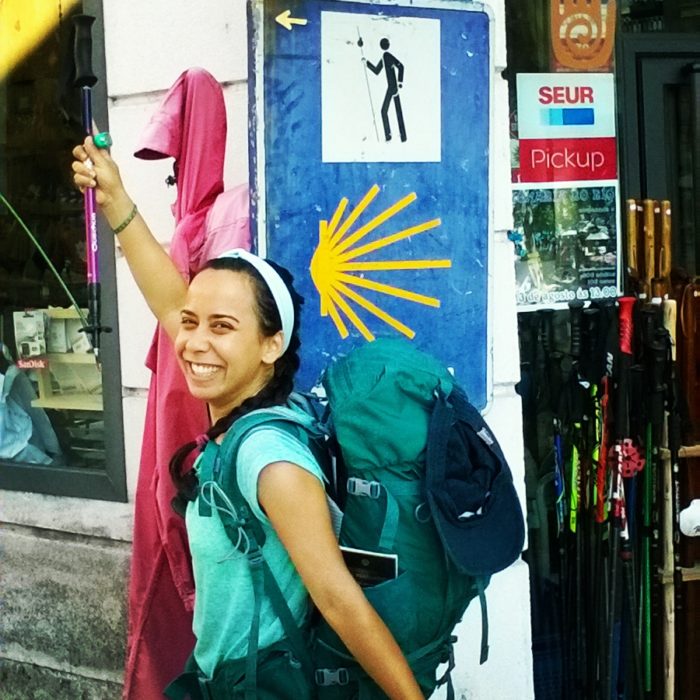 “I cannot wait to be immersed and consumed by nature.” I made myself stop by a bench in front of the bus station and write this down, right under the red pen title: Camino Day 1. I had caught a ride from Madrid to Lugo, and now I needed to catch a bus to Sarria town where I would meet my friend, Bradley. He had started the Camino a couple days before me in Ponferrada town. Doing the Camino together was the most spontaneous travel decision I’d ever made. Before starting, I fantasized what it would be like, picturing an epic journey like the one Cheryl Strayed embarked on when she hiked the Pacific Crest Trail. It wasn’t quite like that, but it was my own kind of epic.
“I cannot wait to be immersed and consumed by nature.” I made myself stop by a bench in front of the bus station and write this down, right under the red pen title: Camino Day 1. I had caught a ride from Madrid to Lugo, and now I needed to catch a bus to Sarria town where I would meet my friend, Bradley. He had started the Camino a couple days before me in Ponferrada town. Doing the Camino together was the most spontaneous travel decision I’d ever made. Before starting, I fantasized what it would be like, picturing an epic journey like the one Cheryl Strayed embarked on when she hiked the Pacific Crest Trail. It wasn’t quite like that, but it was my own kind of epic.
A UNESCO heritage site, the Camino de Santiago de Compostela is a Catholic pilgrimage that dates back to the ninth century. There are numerous starting points in France and even Italy, but the routes all end at the Cathedral of Santiago de Compostela in Galicia, where the remains of St. James the Apostle is buried. And while today many people do the Camino just for the physical challenge and adventure of hiking across Spain, it is still a powerful experience that can feel transformative even to non-religious pilgrims. The journey starts in a small town in the Basque region, and it concludes in the Santiago de Compostela Cathedral in Galicia.
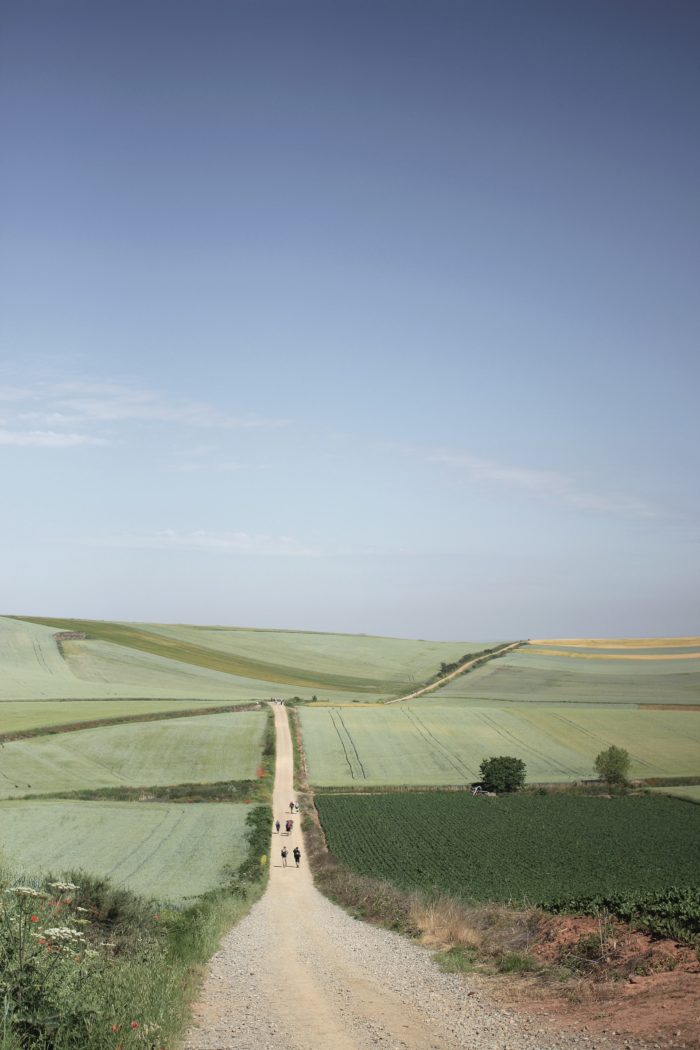
On this trip, Bradley and I set out to hike the last 100 km, the Galician part of the Camino. The first day was scenic and beautiful, filled with lively conversations. We shared olives and bread under trees while getting to know each other’s spiritual beliefs. It was not until the end of day 1 that the excruciating pain started. My friend Matt, who hiked the entire 780 km from East to West that same summer explained the hardships of the Camino best:
“…Sore legs that never stop being sore. It would keep me up at night. But the toughest part was walking through the stretch from Burgos to Leon. It’s flat, hot and nothing but wheat fields. Few towns to stop in. No shade. The road would go into the horizon.”
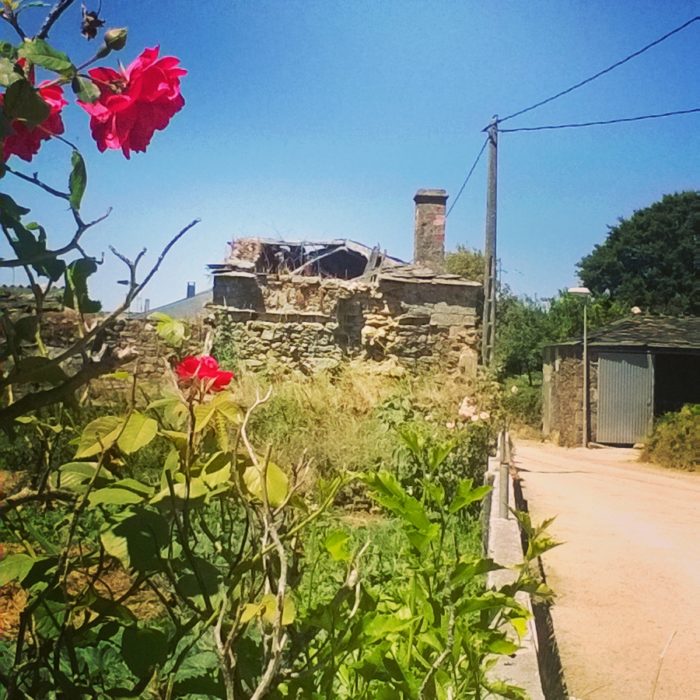 But it was not all challenge. Along the way you will meet amazing people. There is also a beautiful culture of kindness around the Camino. Sometimes people from the villages you walk through leave water and snacks for pilgrims to take freely. If things do not happen to be free, they will have the cheapest price in all of Spain. We had amazing meals for way under $5 USD and slept in bunk beds for $10 USD a night. Sometimes Bradley and I rented whole private rooms for $20 USD. If you are on a budget and you love adventure, this is an amazing way to see the entire North of Spain. Take breaks to enjoy each town, and take time to enjoy the company of other hikers as well as reflective solitude. People will understand if you need to walk alone in silence for a while. Passersby will always tell you “Buen Camino!” It is easy to forget about the dangers of the world when you are wrapped in a bubble of good wishes on the regular. My friend, Cat, who hiked 200km of the Camino explains the highlights of her experience in detail:
But it was not all challenge. Along the way you will meet amazing people. There is also a beautiful culture of kindness around the Camino. Sometimes people from the villages you walk through leave water and snacks for pilgrims to take freely. If things do not happen to be free, they will have the cheapest price in all of Spain. We had amazing meals for way under $5 USD and slept in bunk beds for $10 USD a night. Sometimes Bradley and I rented whole private rooms for $20 USD. If you are on a budget and you love adventure, this is an amazing way to see the entire North of Spain. Take breaks to enjoy each town, and take time to enjoy the company of other hikers as well as reflective solitude. People will understand if you need to walk alone in silence for a while. Passersby will always tell you “Buen Camino!” It is easy to forget about the dangers of the world when you are wrapped in a bubble of good wishes on the regular. My friend, Cat, who hiked 200km of the Camino explains the highlights of her experience in detail:
“The best part of the Camino was the relationships I formed. I met an American/worldly mother and daughter, Irishman, Indonesian, Californian, and Spanish woman who taught me so much about life, the world, traveling, meditation, and God. I can’t begin to describe how much their presence impacted me. They truly changed me for the better, and I’m so grateful to have met them. The Camino provided me with everything I needed—with joy, time, space to process, love, and with people who I formed special relationships with and who pushed me to think and be better.”
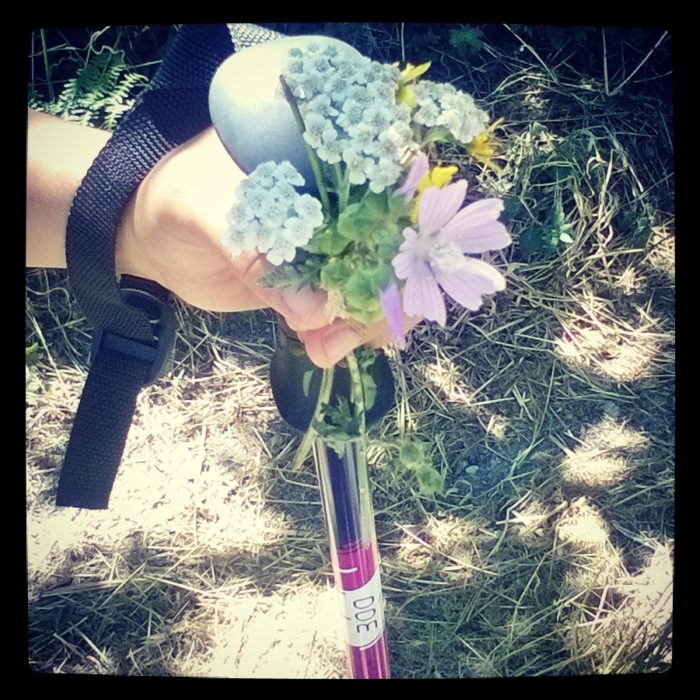 I was personally most challenged on the second to last day of our journey. From the knees down, my legs no longer felt mine. It felt like I was walking on something that was not attached to my body, like wooden sticks or metal blocks. I got a heat rash on one of my calves, and at every break I covered almost every muscle in my body with ibuprofen cream. You are supposed to start hiking the Camino before the sun rises so you can arrive at your next town no later than noon and escape the midday heat. We were insane to start our days after nine in the morning, but I was never in my life so compelled to sleep in. The best months to hike the Camino are the cooler Spring and Autumn months. We were right in the middle of August, and what felt like the middle of hell.
I was personally most challenged on the second to last day of our journey. From the knees down, my legs no longer felt mine. It felt like I was walking on something that was not attached to my body, like wooden sticks or metal blocks. I got a heat rash on one of my calves, and at every break I covered almost every muscle in my body with ibuprofen cream. You are supposed to start hiking the Camino before the sun rises so you can arrive at your next town no later than noon and escape the midday heat. We were insane to start our days after nine in the morning, but I was never in my life so compelled to sleep in. The best months to hike the Camino are the cooler Spring and Autumn months. We were right in the middle of August, and what felt like the middle of hell.
Being well-prepared is a fundamental part of having the best experience possible. And for me, being in Bradley’s company meant I had the most fun person in the world to overcome any obstacles on this hike. Choose your hiking partners as carefully as you choose what’s in your backpack. While I know I am emphasizing the physical pain over anything else, I have to also take a moment to tell you that the nature will take your breath away. Some parts of the Camino are literally the side of the road with cars driving past. But some parts are full of lush, enchanting forests, old train tracks, pretty wild flowers, and imposing mountains. It is like getting the best and worst things in life in a single experience. I have never met anyone who had regrets about walking the Camino, whether it was a few km or the entire 780 km.
Once you start the Camino, make sure to get your “pilgrim passport” which you can get stamped at different stopping points like hostels and restaurants. This also proves to people that you are an actual pilgrim, and you are not just a tourist taking advantage of low prices along the way. Though I believe if you are truly hiking this thing, it will be obvious to the eye.
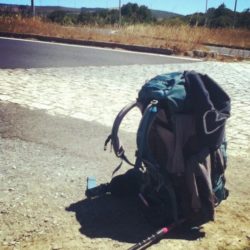
My best advice is to bring the least amount of weight possible. Two sets of clothes will do. At night, you can wash your clothes in the shower, and wear the next day’s clothes to bed. You will stink no matter what, and there are shops along the way should you really need a fresh t-shirt. Sometimes people bring tents, hammocks and sleeping bags, but they always wish they had not. The weight will feel unbearable on your shoulders. Here is my recommended packing list for your trip:
- Ibuprofen, magnesium tablets for athletes, laxatives/heartburn pills.
- Disinfectant in case of cuts.
- Band Aid, and gel covers for your blisters (in Spain you can buy something called Compeed).
- Muscle pain cream.
- Sunscreen (I got a heat rash despite Galicia being known for its heavy rains).
- Poncho or rain jacket.
- Mosquito repellent.
- Cash (many places will not take cards).
- Biodegradable toilet paper.
- Notepad and pen (this could come in handy in case of emergencies).
- Bags for your trash.
- Small bottle of detergent (to wash your clothes in the shower at night).
- Hydrating mix (you can get these at sports stores or online).
- Bottles for water.
- Snacks (there are restaurants along the way, too, so you don’t need many).
- Flip-flops (to give your feet a rest from hiking boots at night).
- Basic toiletries and fast-dry towel.
- 1 change of clothes.
- Earplugs and eye mask (everyone will be snoring at the hostel).
- Hiking pole(s).
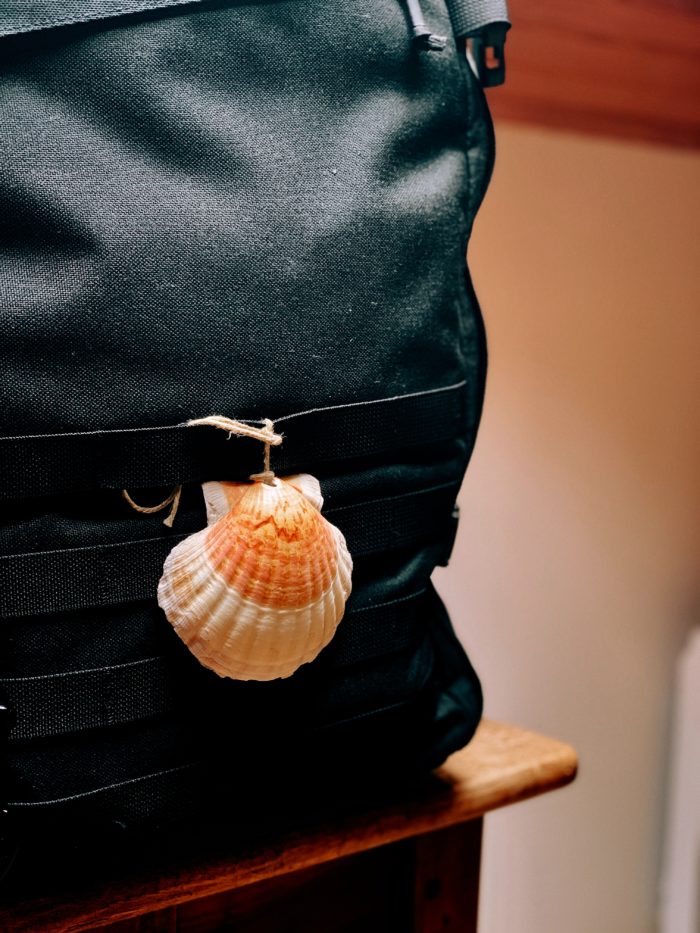
This shell is the symbol of the Camino, and you will see it hanging from people’s backpacks.
Now all you have to do is…walk a little 🙂
_
Photo: Jorge Luis, Ojeda Flota, Vanessa Lynn Uzcategui, Les Routes San Fin, Jon Tyson


